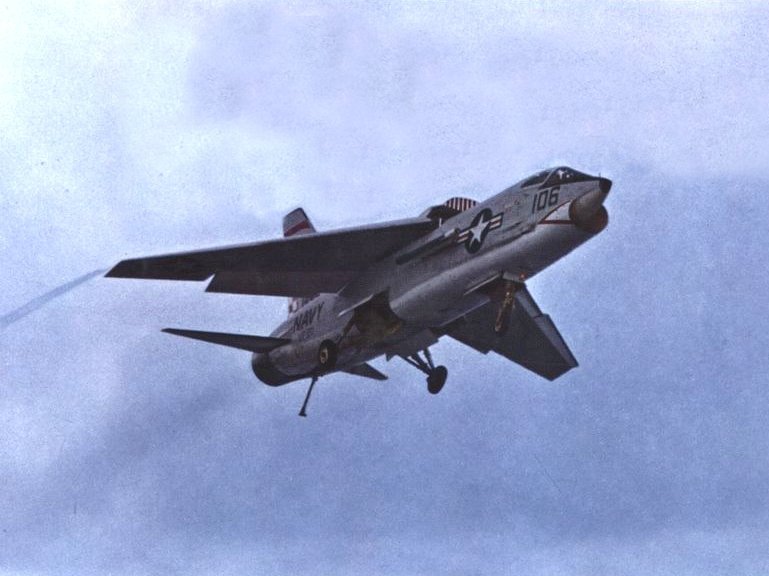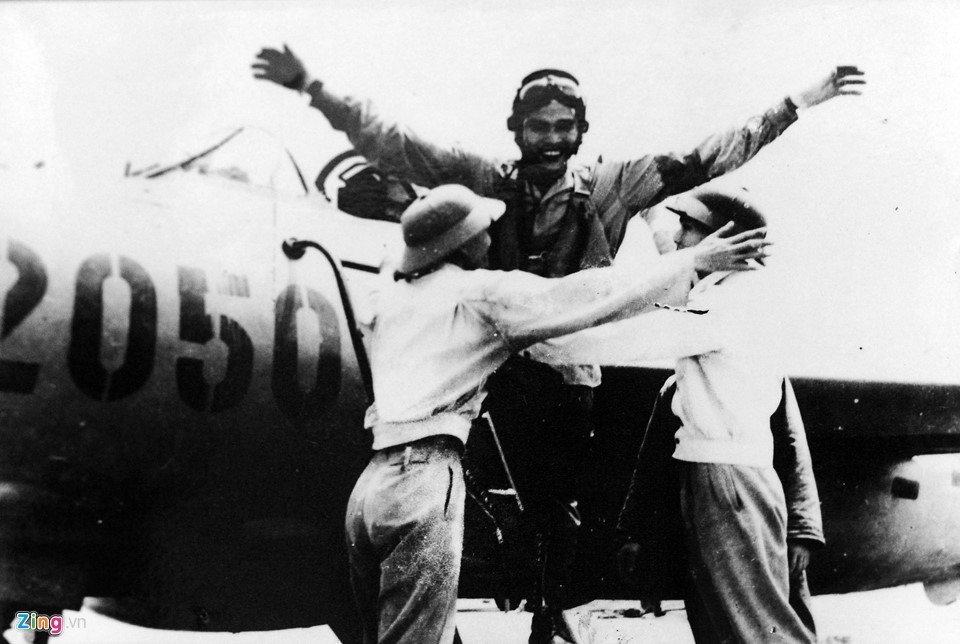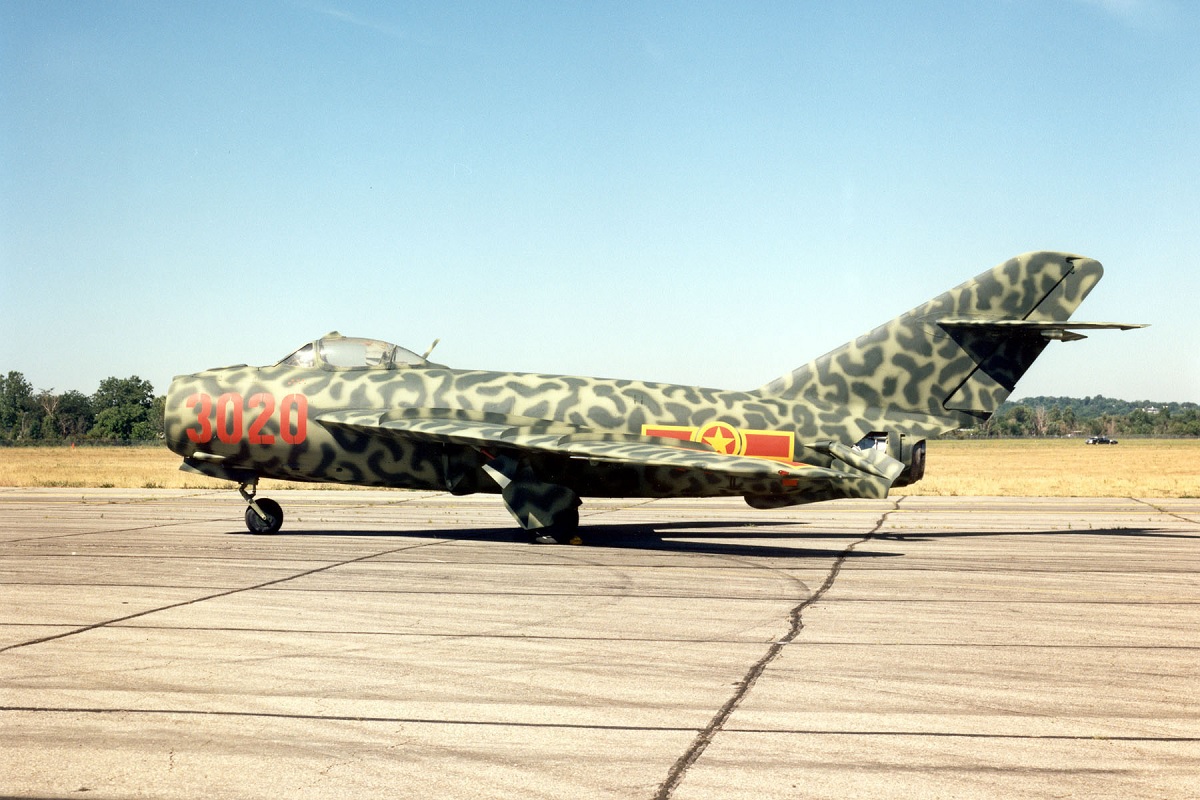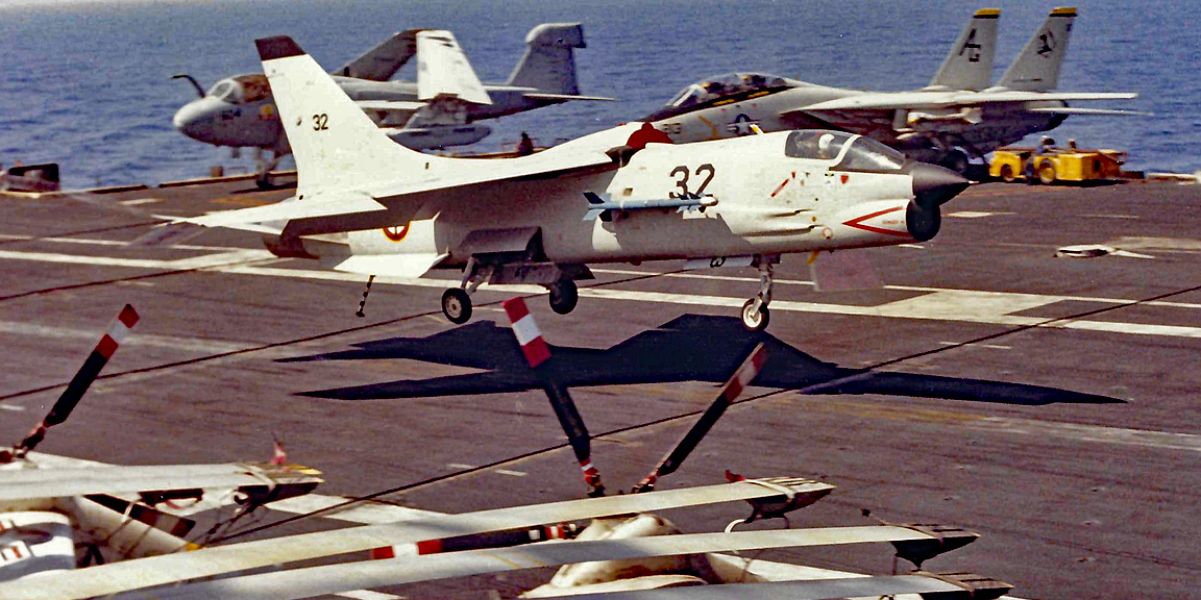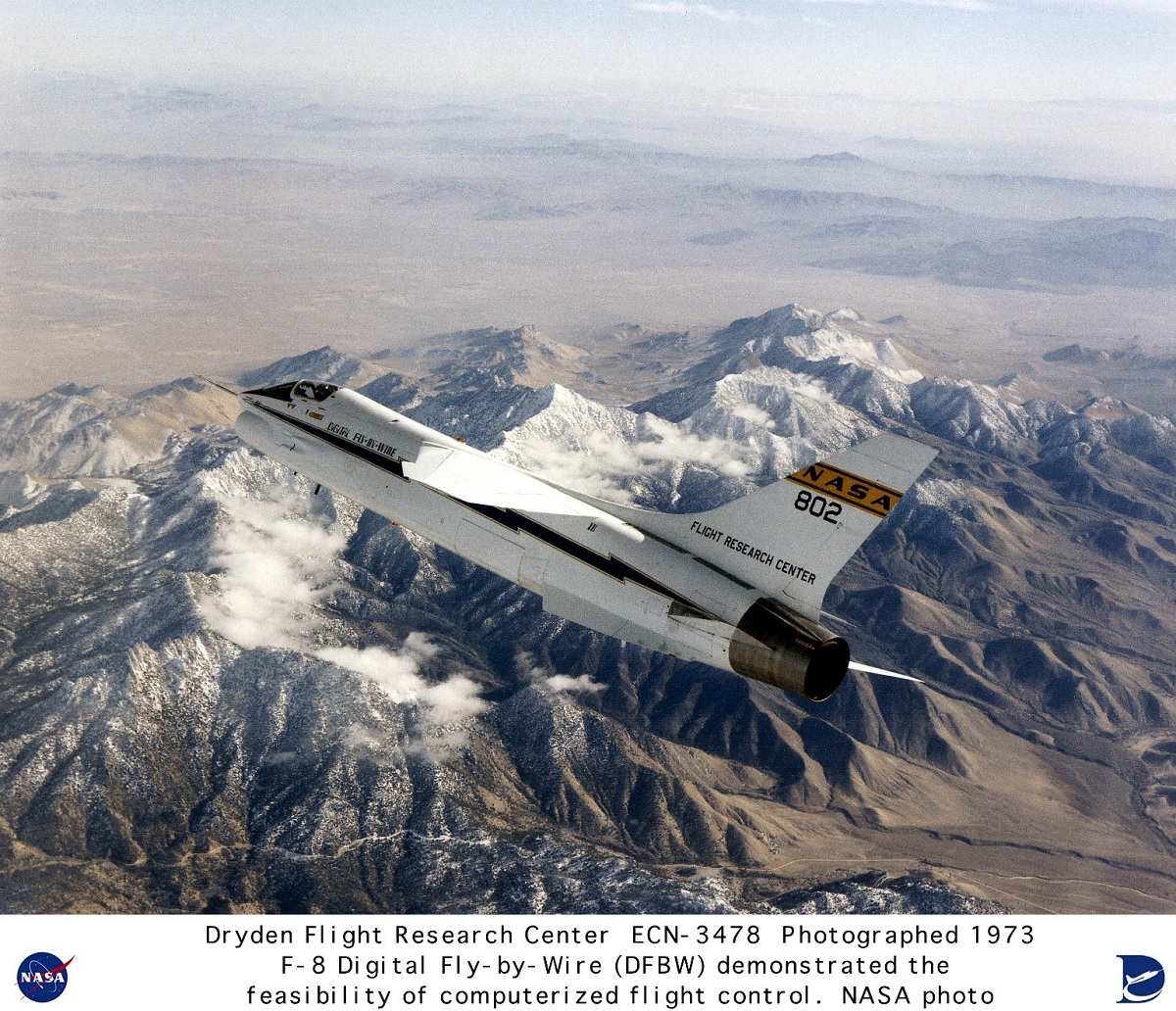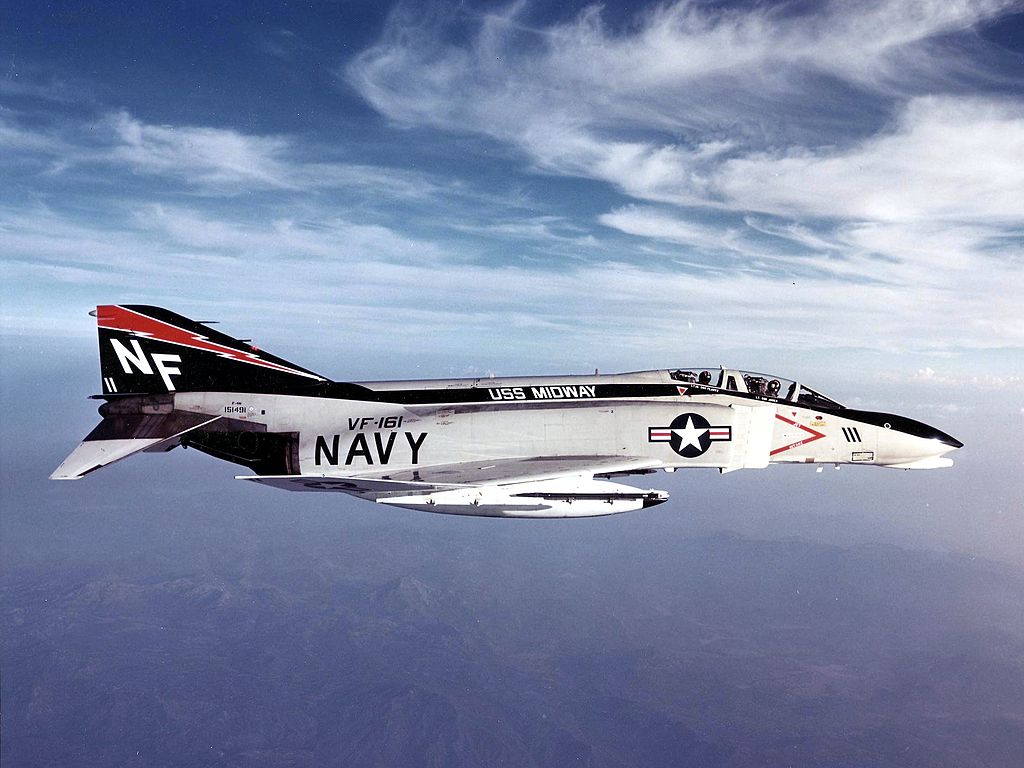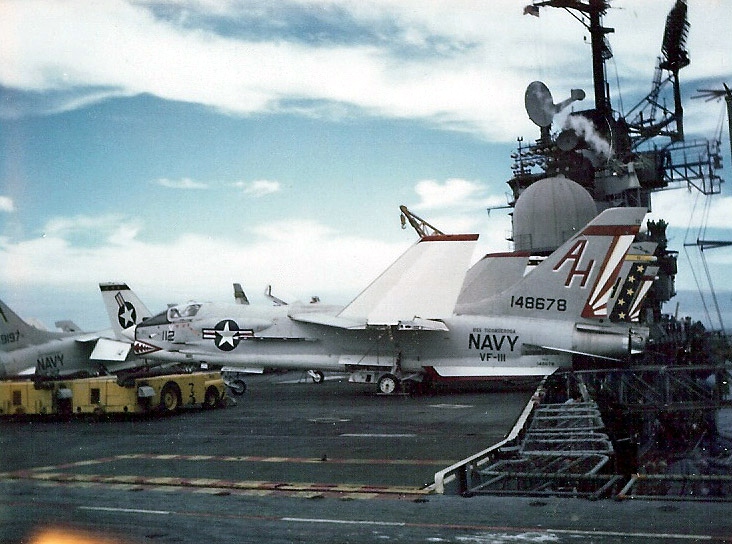Lieutenant Colonel William H. Rankin fell from 47,000 feet into “one of the most violent storms ever recorded on the East Coast,” parachuted over 65 miles in 40 minutes, and came to a stop by colliding with a tree.
A Cold War accident launched Lieutenant Colonel William H. Rankin (Oct. 6, 1920–July 6, 2009), a pilot in the U.S. Marine Corps (USMC) and a veteran of both World War II and Korea, to fame. The fire warning light on his instrument panel flashed on July 27, 1959, when the engine of his F-8 Crusader, the renowned carrier-based jet fighter dubbed “the last of the gunfighters,” abruptly stalled.
When Rankin triggered his ejection seat, he was launched through the cockpit canopy of his aircraft. Without a pressure suit, he was flying over 47,000 feet, and he got out of the aircraft at the top of a massive thunderstorm cloud mass. There are very few similarities to his harrowing experience riding the thunder down; it would be difficult to accept it as fiction.
“I was convinced I would not survive; no human could,” Rankin recalls in his book ‘The Man Who Rode the Thunder’. He fell from 47,000 feet into “one of the most violent storms ever recorded on the East Coast,” parachuted over 65 miles in 40 minutes, and came to a stop by colliding with a tree.
He remembered: “I was terrified, but not petrified. It’s a brave distinction of terms.”
According to Huckberry, Rankin suffered frostbite, decompression, vomiting, extreme abdominal swelling (“as though I were in well-advanced pregnancy,” he pointed out), a severed finger, and bruises. Once grounded, he walked to a dirt road and hitchhiked to the hospital. “I was not panicky,” he understated.
A fire warning appeared on the instrument panel of Rankin’s F-8 Crusader as he flew over Norfolk, Virginia. He ejected, nine miles above the earth, out of fear of an explosion. It was hell for the next forty minutes. Rankin released his chute in the middle of a thunderstorm after free-falling in the -50°F air.
Hail the size of baseballs beat him to near unconsciousness. “I thought I had died.” And Rankin nearly did.
An untimely gust of wind forced his chute to entangle his body, and he reentered a free-fall. He recalled, “I had the distinct feeling that I was being sliced in two, as fate rallied against him.”
Then, suddenly, the winds shifted. His chute reopened. Soon, he found himself gliding out of the storm toward a forest. After entangling in a tree, he cut away and arrived on the ground, “lying on my left side. I simply could not believe that I was on the Earth—that I had survived.”
Rankin’s bout with the thunderstorm brought him national attention, especially when he returned, a few weeks later, to active duty. He enjoyed fifty more years of life, dying at 89.
Now, his legend lives on—he’s the only guy to fight and beat a thunderstorm, and he’s earned the right to say (without irony): “I didn’t hear the thunder, I felt it.”
Here’s an excerpt from Rankin’s book here, or buy it on Amazon.
A recap of Rankin’s flight can be found in the video below.
Photo by U.S. Navy



